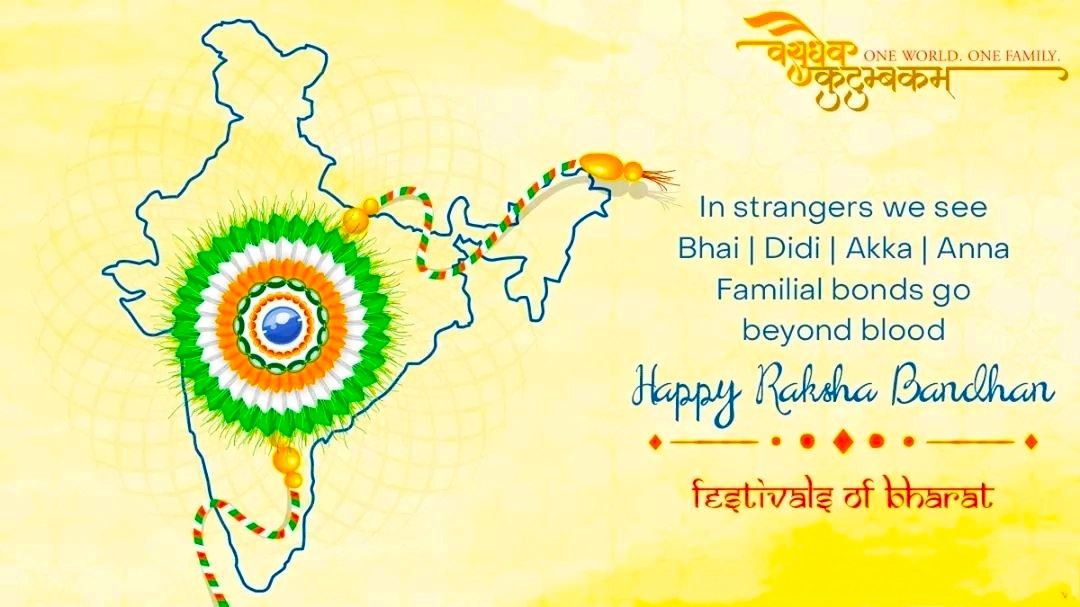Significance of Akshaya Tritiya
(1) Bhagwan Shri Parashurama appeared on this day.
(2) River Ganges descended to Earth on this day.
(3) This day marks the beginning of Treta-yuga.
(4) Sudama visited Krishna at Dwaraka.
(5) The Pandavas received Akshaya Patra from the Sun God.
(6) Vyasadeva started composing Mahabharata on this day.
(7) Adi Shankaracharya composed Kanakadhara Stotram on this day.
(8) Kubera received his wealth and position as custodian of wealth, and
(9) Goddess Annapoorna Devi appeared on this day.
Parasurama Kshetram
There are legends dealing with the origins of Kerala geographically and culturally. One such legend is the retrieval of Kerala from the sea, by Parasurama, a warrior sage. It proclaims that Parasurama, an Avatar of Mahavishnu, threw his battle axe into the sea. As a result, the land of Kerala arose, and thus was reclaimed from the waters.
He was the sixth of the ten avatars (incarnations) of Vishnu. The word Parasu means 'axe' in Sanskrit and therefore the name Parasurama means 'Ram with Axe. In Treta yuga, Parasurama retrieved the land submerged under the ocean from Varuna - the God of the Oceans and Bhumidevi - Goddess of Earth. From Gokarnam he reached Kanyakumariand threw his axe northward across the ocean. The place where the axe landed was Kerala. It was 160 katam (an old measure) of land lying between Gokarnam and Kanyakumari. Puranas say that it was Parasurama who planted the Brahmins and Nayakas in 64 regions of Kerala from Chera and Pandya regions. According to the puranas, Kerala is also known as Parasurama Kshetram, i.e., 'The Land of Parasurama', as the land was reclaimed from sea by him.
Thiruvallam Sree Parasurama Swami Temple is one of the most ancient temples of Hindustan . It is situated on the banks of Karamana Rivernear Thiruvallam, Thiruvananthapuram. It is the only temple in Kerala dedicated to Bhagwan Parasurama. The temple is 9 km from Kovalam Beach and Trivandrum Airport.
History says that the temple was built during the 12th and 13th century. The temple is considered a protected monument by the Archaeology Department of Kerala. The temple is managed by the Travancore Devaswom Board It is famous for Balitharpanam (a tribute to ancestors).
Legend has it that Bhagwan Parasurama is the creator of Kerala and the temple dedicated to him is considered as a holy place for his devotees. During the karkidaka vavu day (a holiday in the Malayalam month of karkidakam) as part of the bali (a religious ritual), devotees pay homage to the departed souls of forefathers, after taking a dip in the holy water.
Parashurama (Sanskrit: परशुराम, Paraśurāma), is the sixth avatar of Vishnu and arrived in the Treta yuga, and is the son of a Brahmin fatherJamadagni and mother Renuka in Hindu culture he is considered one of the seven immortal (Chiranjivi) humans. He received an axe after undertaking a terrible penance to please Mahadev Shiva, from whom he learned the methods of warfare and other skills. He fought back the advancing seas thus saving the lands of Konkan and Malabar. The coastal area of Kerala along with the Konkan region, which is the coastal region of Karnataka, Goa and Maharashtra states, is also sometimes called Parashurama kshetra (Parashurama's area). Parashurama is said to be a Brahmakshatriya ("warrior Brahman"), the first warrior saint. Parashurama is worshiped as a founder (Mool Purush) of Bhumihar, Chitpavan andDaivadnya Brahmin Communities. You find the remnants of this first family of ancient Indian wisdom and social reform-Jamdagni, his wife Renuka and son Parshuram in all four farthest corners of Indian land mass. From Kutch Girnar Saurashtra to Lohit kund Northeast, from Malana in HP, Thaan-barkot in Uttarakhand to both coasts of South India, Kerala and Konkan boasts of his legacy. Even Kumbhalgarh in Rajasthan and Jana paav in Madhya Pradesh in central India have his temples apart from famous Mahurgarh in Maharashtra. His perrenial hero using force of his symbolic axe to annihilate all those who were tormentors of the common people in Bharatiya civilisation for a very long time crossing many time lines. So he is considered as everlasting, alive in memories and legends of Indian ethos across four far off corners of India.
Karkidaka Vavu Bali or Vavubali Tharpanam is one of the most important ritual conducted at the temple. Karkidaka Vavu is the new moon day in the Malayalam month of Karkidakom (July - August). During the Karkidaka Vavu day people of Kerala perform Vavu Bali on the guidance of a priest or an elderly person. Some of the important accompaniments needed for performing Bali Tharpanam include Darbha (a type of long grass), cooked rice, sesame (Ellu), pavithram (ring made of darbha grass), water and banana leaves.
Santoshkumar B Pandey at 9.30pm.








Comments
Post a Comment